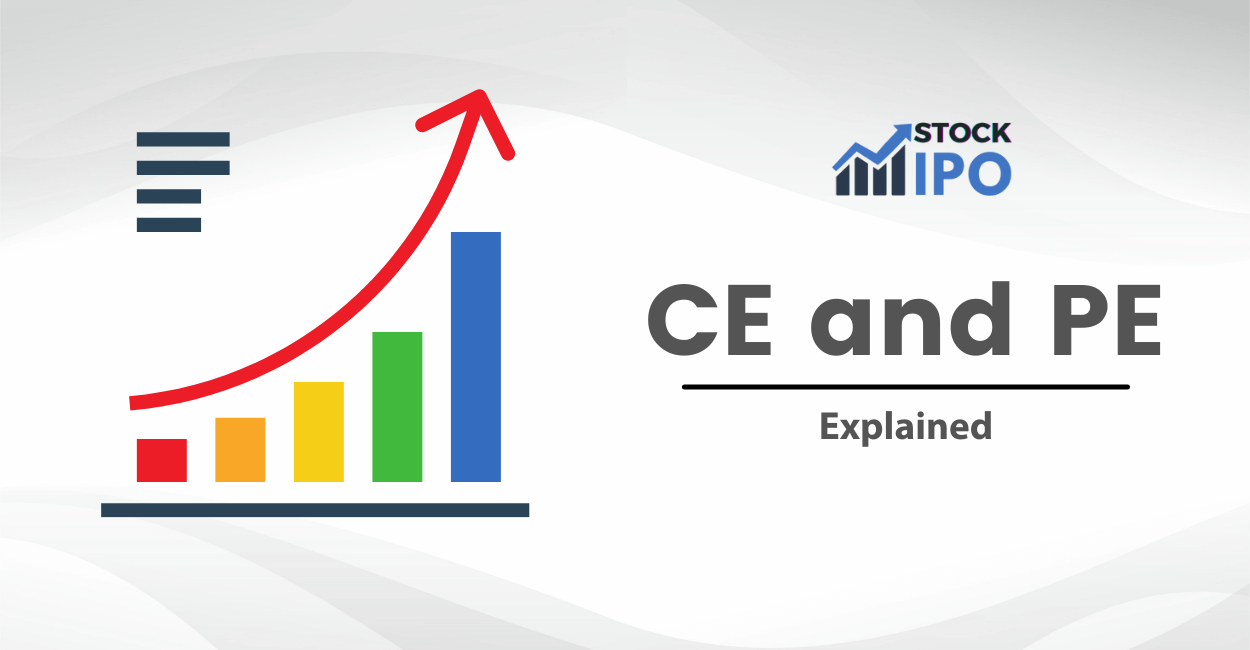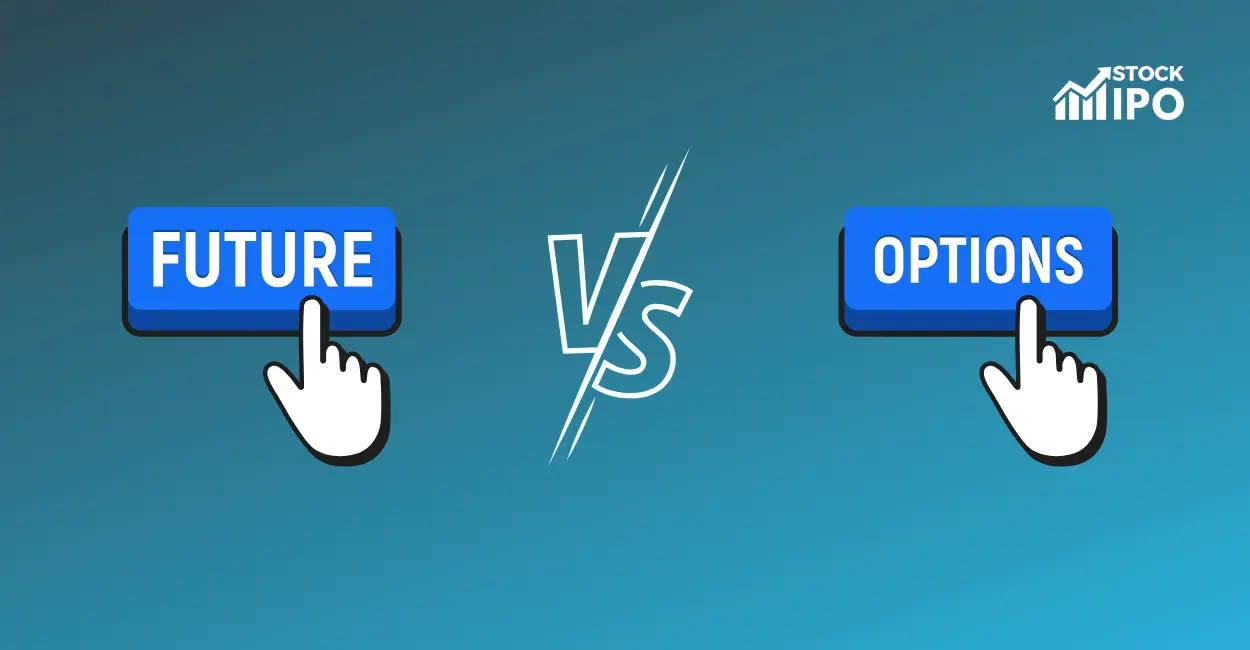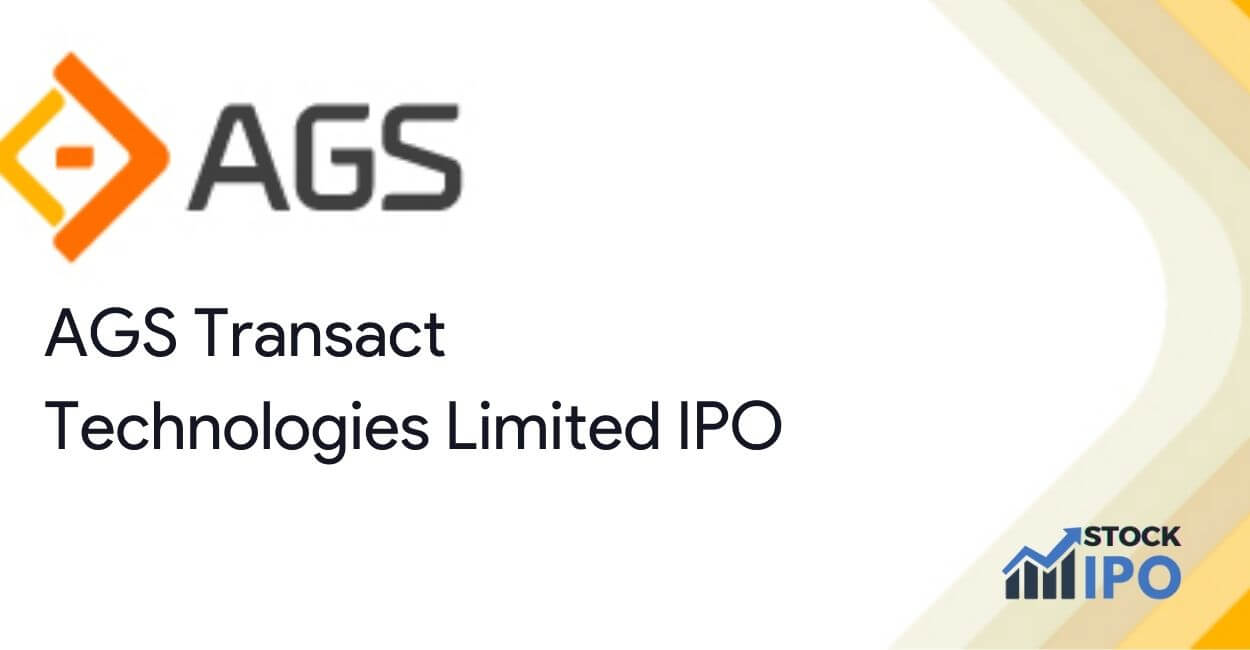A trader needs to develop his/her own trading strategy that they are comfortable with in order to continue making money in the market. Many traders achieve market success because they are successful in developing their own strategies and sticking to them religiously.
Here, in this article, we are going to discuss some of the best future trading strategies.
What are Futures?
Futures contracts obligate traders to transact an asset regardless of its current market price. These are useful for speculators and hedgers who use price movements to maximize gains or minimize losses.
Furthermore, they can trade them at a predetermined rate until the contract expires, at which point they can settle their positions in cash or by physical delivery.
How to trade Futures
Before we delve deeper and comprehend the operation of a futures contract, we must first comprehend a few other features of futures trading. Remember that we will return to these issues and discuss them in greater depth later. However, for the time being, a good working understanding of the following points is essential.
- Lot Size: One such criterion is lot size. The minimum quantity required to transact in a futures contract is specified by the lot size. Lot size varies from asset to asset.
- Contract Value:. Simply explained, the contract value is the quantity of the asset’s price. We are aware that the futures contract has a standard predetermined minimum amount (lot size). A futures contract’s contract value can be approximated as “Lot size x Price.”
- Margin: When a transaction occurs in a futures agreement, both parties are required to deposit money. Consider this the token payment required for agreement. The funds must be placed with the broker. Typically, the amount that must be deposited is computed as a percentage of the contract value. This is known as the margin amount. Margins are important in futures trading; we’ll go over this in more depth later. For the time being, keep in mind that a margin amount, which is a proportion of the contract value, is necessary to enter into a futures agreement.
- Expiry: All futures contracts, as we all know, are time-bound. The futures contract’s expiry or expiry date is the date until which the agreement is valid. The contract is no longer valid after the expiration date. Also, keep in mind that the exchanges introduce new contracts on the day a contract expires.
With these few concepts raised thus far, I believe we can now grasp a basic example of futures trading.
Best Future Trading Strategies
There are various Future trading Strategies which are being used by professional traders to make money in the market. Here we are going to list some of the best strategies.
Nifty Futures trading Strategy
This is the indicator based strategy in which we use technical indicators to find out the opportunities to trade nifty futures. Linda Raschke, a well-known trader, devised this day trading futures approach.
Let’s now talk about the indicators or tools which we are going to use.
The Holy Grail trading setup requires using a combination of two indicators:
- ADX (Average Directional Index) (14 day period): ADX is a tool for determining the overall strength of a trend. The ADX indicator is a moving average of price range values that are expanding.
- SMA (Simple Moving Average, 20 day): A simple moving average (SMA) is a sort of moving average produced by taking the arithmetic mean of a set of prices or values over a given time period. In the financial market, it is employed as a technical indicator.
For example,
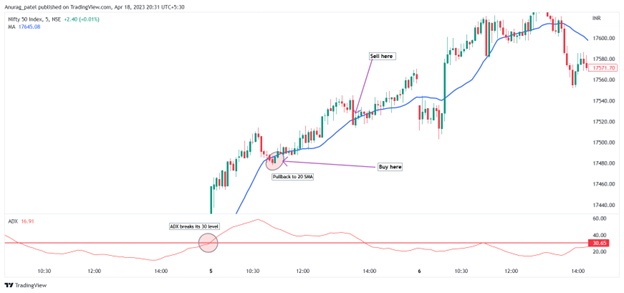
The principles for trading the NIFTY market will assist you in locating entry points following a decline so that you can ride the trend. The ADX indicator will assist us in determining the strength of the trend. The moving average, on the other hand, will assist us in determining where the retracement may terminate.
The NIFTY futures trading technique provides a low-risk entry point.
The following are the rules for purchasing NIFTY futures contracts:
- The ADX must break over 30 and continue to rise.
- The NIFTY price must also move above the 20-period moving average.
- Wait for the NIFTY price to retrace to the 20-period moving average.
- Place a buy order above the high of the candle that touched the 20-period moving average.
- Once your order has been filled, set your protective stop loss below the 20-period moving average.
- Exit and book profit when the NIFTY falls below the 20-period moving average.
This is one of the futures strategies which is highly successful.
2. Breakout Trading Strategy
Breakout trading, one of the most popular tactics in day trading, has a large following among futures traders. Breakout trading, as the name implies, seeks to capitalize on market volatility that occurs when the price breaks out of chart patterns, channels, trendlines, horizontal S/R levels, and other technical levels.
The head and shoulders pattern (trading the neckline breakout), rectangle, pennant, and triangle patterns, which often imply a continuation of the underlying trend, and double tops and bottoms are all popular chart patterns for trading breakouts.
For Example,
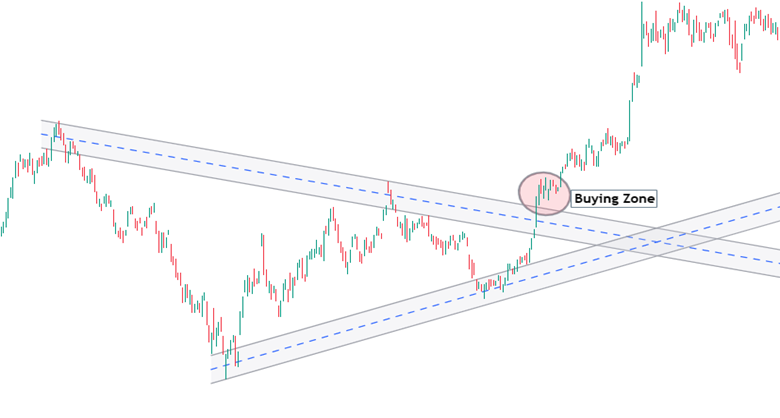
In the above chart, we could see a breakout of a symmetrical triangle pattern. The trade should be taken on the high of the breakout candle and the stop loss should be below the downward trendline.
3. Follow the trend strategy
Trend trading is a strategy that seeks to benefit by analyzing an instrument’s momentum in a specific direction. A trend is defined as the major price movement in one direction, either up or down

Let’s discuss this strategy with an example:
- At the very first step, we need to identify the trend of the particular stock or index.
- Market always moves on a trend line, it always bounces from the trend line and the strength of the trend line is determined by the height of the bounce.
- In the above chart we could see that the market is respecting a particular trend line.
- So our strategy involves finding out these strong trend lines and taking trade on them when they reach back to it and the stoploss should be below the trend line and the target should be the peak of the previous bounce.
Conclusion
Therefore, these are some of the best strategies which are being used by many investors in order to trade in the futures segment. If you have a well-defined trading strategy and risk management, futures trading may be a very interesting and successful endeavor.
If you’re new to the market, you should use the pullback method. It is a popular trading strategy with a large following among retail futures traders. We also enjoy trend-following tactics and trading in the trend’s direction.



